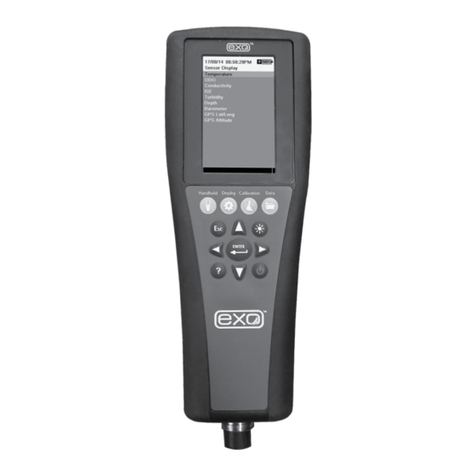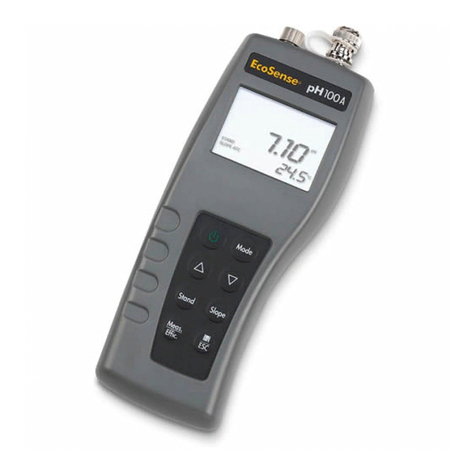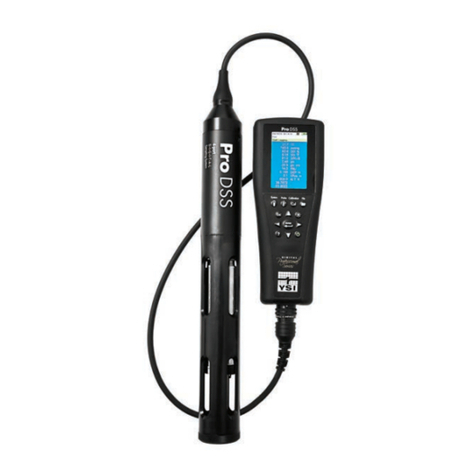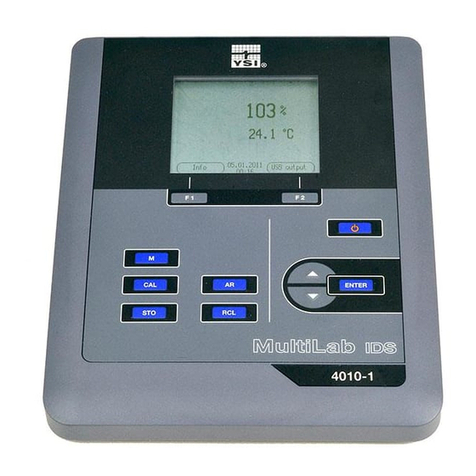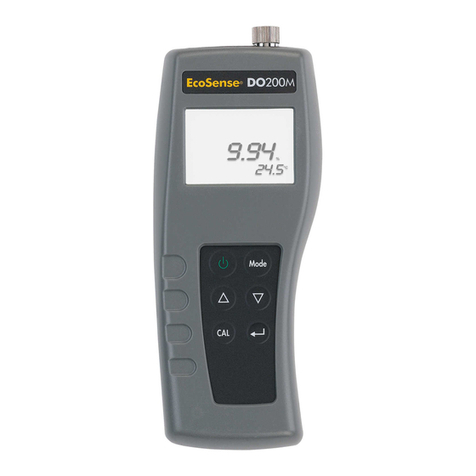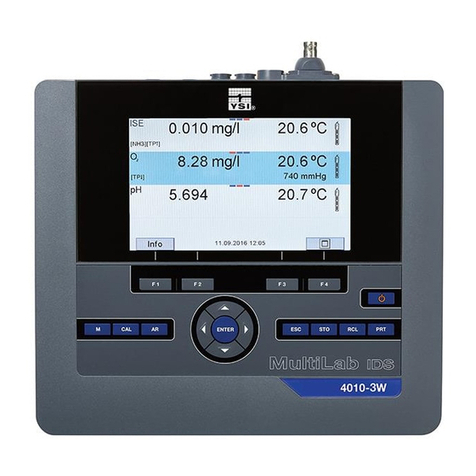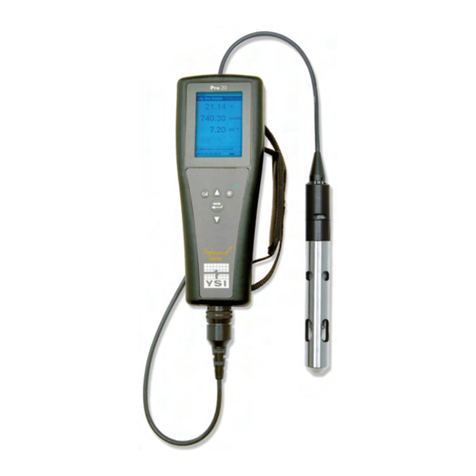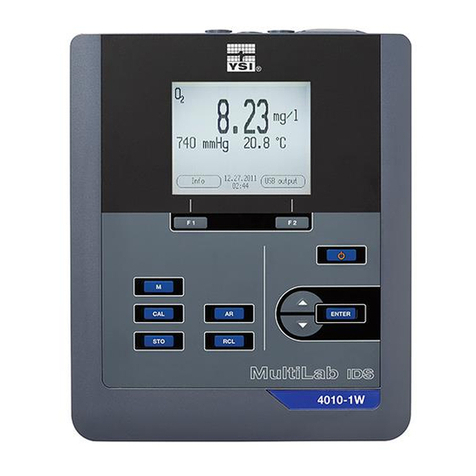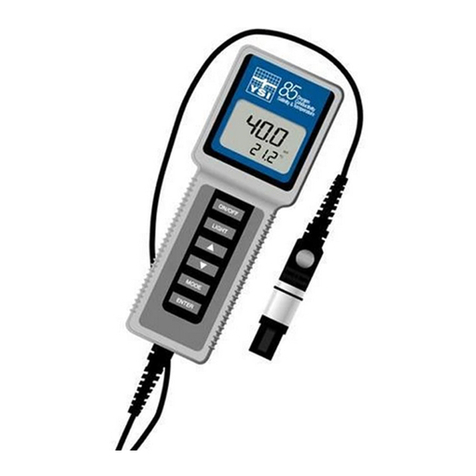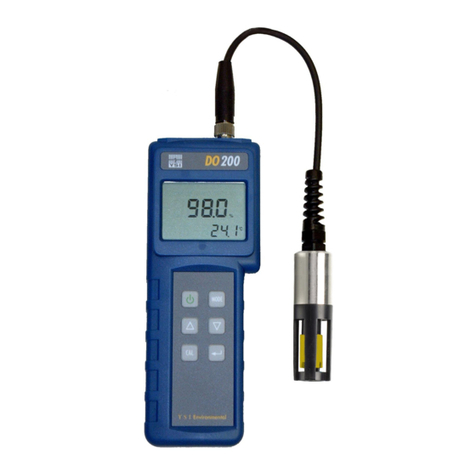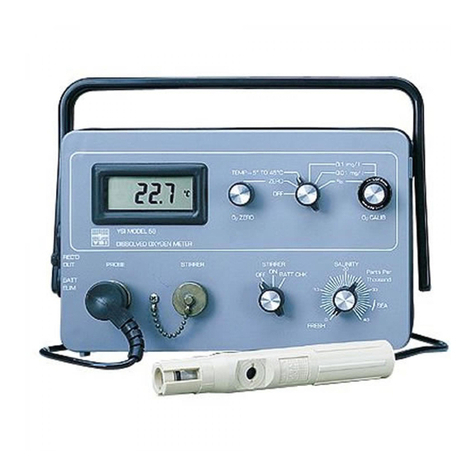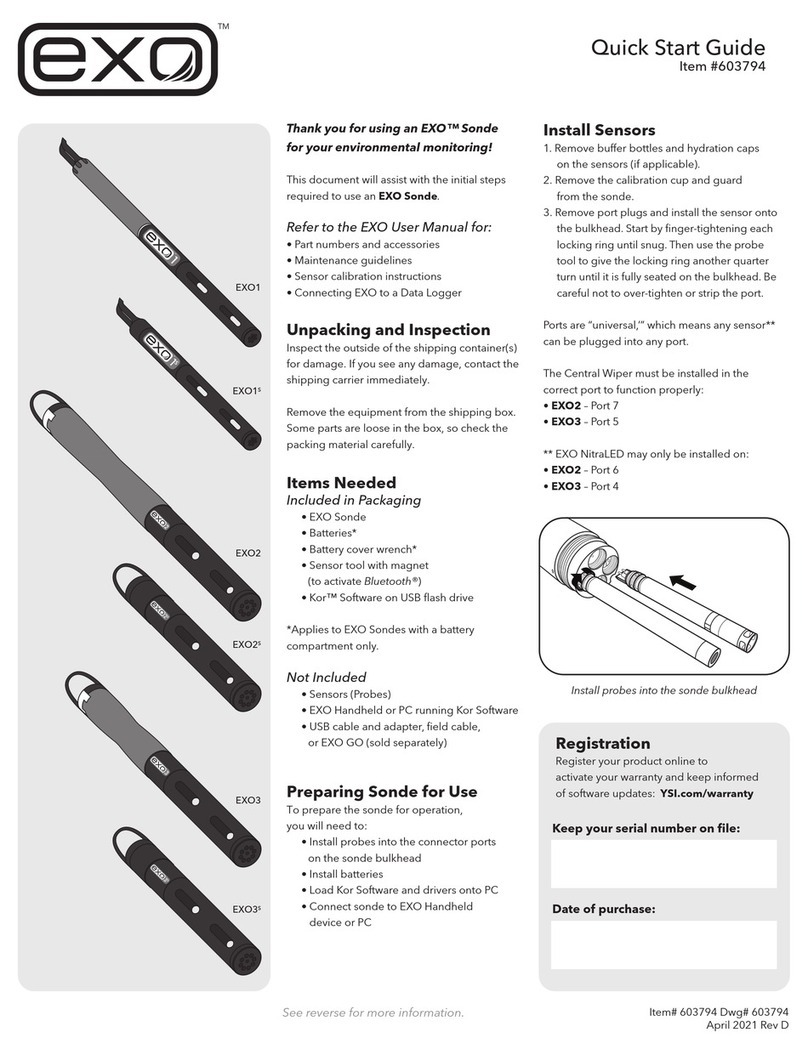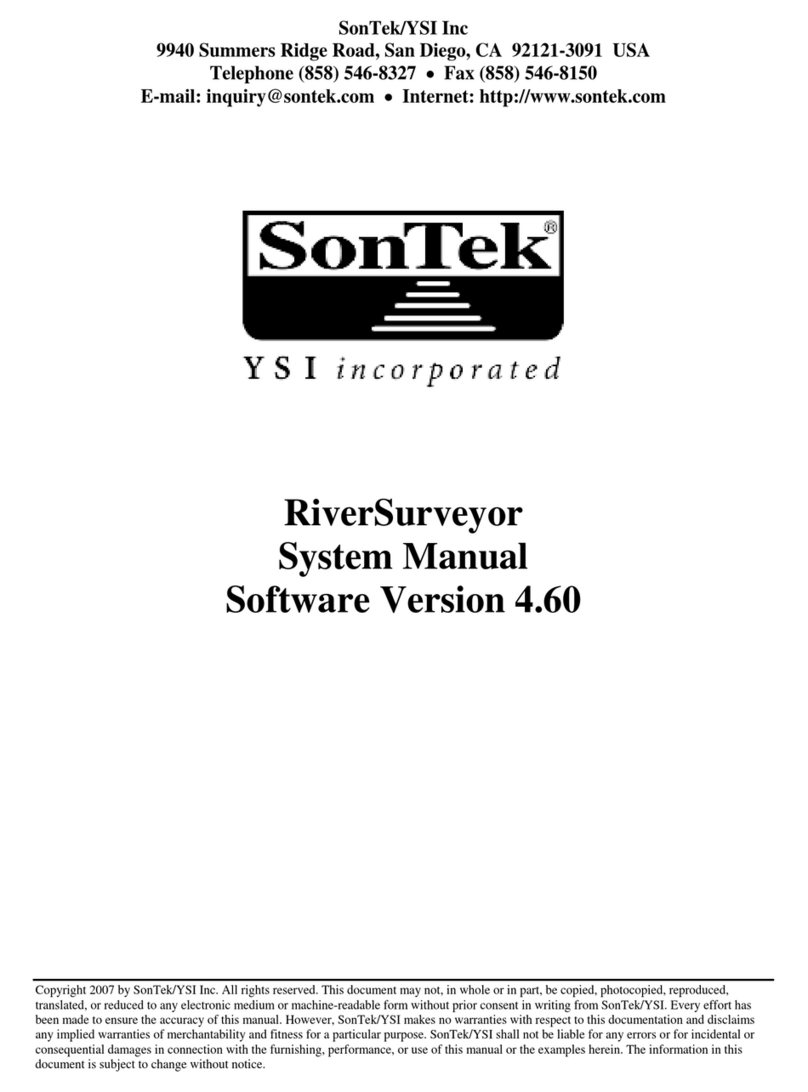
IOP 019B.0
Effective Date: 1/26/2017
Page 5 of 8
At least one of the calibration points must be done with pH 7 buffer. For auto buffer
recognition to work properly with an older or dirty sensor, calibrate in pH 7 buffer first.
For highest accuracy, use fresh, traceable pH buffers and ensure the sensor and
calibration cup are clean. Most applications in the SLCP use a two point calibration:
1. Place the sensor in pH 7 buffer and allow the temperature and pH readings to
stabilize for at least 5 minutes.
2. Press and hold Cal for three seconds.
3. Highlight pH and press enter. If pH is not listed as an option, check the System
Setup menu to ensure pH is enabled in the ISE Sensor Type menu.
4. Highlight 2 point and press enter.
5. If necessary, use the up and down arrow keys to adjust the pH buffer value. Note
the pH mV reading which ideally should be between -50 and +50 in pH 7 buffer.
If the pH mV reading is outside of this range, clean the sensor as described in
the maintenance section of this protocol.
6. Press enter to continue to second point.
7. Rinse the sensor and place it in the second pH buffer (4 for alkalinity
measurements or 10 for stream pH measurements).
8. If necessary, use the up and down arrow keys to adjust the pH buffer value.
9. Wait at least 5 minutes for the pH sensor to stabilize and for the temperature
reading to stabilize. Note the pH mV reading. pH mVs in buffer 4 should be
+159 to 180 mV from the previous buffer 7 pH mV value. pH mVs in buffer 10
should be -159 to 180 mV from the previous buffer 7 pH mV value. If the mV
readings are outside of these ranges, clean the sensor as described in the
maintenance section of this protocol.
10. Press enter to complete the calibration or press Cal to cancel.
11. ‘Calibration Successful’ will display for a few seconds to indicate a successful
calibration and then the instrument will return to the Run screen.
12. If the calibration is unsuccessful, an error message will displayon the screen.
Press the Cal key to exit the calibration error message and return to the Run
screen. See the Troubleshooting section of this manual for possible solutions.
C. DO sensor calibration
1. The supplied sensor storage container (a clear sleeve) can be used for DO
calibration purposes. Moisten the sponge in the storage sleeve or plastic cup
with a small amount of clean water. The sponge should be clean since bacterial
growth may consume oxygen and interfere with the calibration. If using the cup
and you no longer have the sponge, place a small amount of clean water (1/8
inch) in the sleeve instead. Make sure there are no water droplets on the DO
membrane or temperature sensor. Then install the storage sleeve over the
sensors, but do not screw on completely. Leaving 2-3 threads disengaged
ensures venting to the atmosphere. Make sure that DO and temperature sensors
are not immersed in water.
2. Turn the instrument on and wait 15 minutes for the storage container to become













